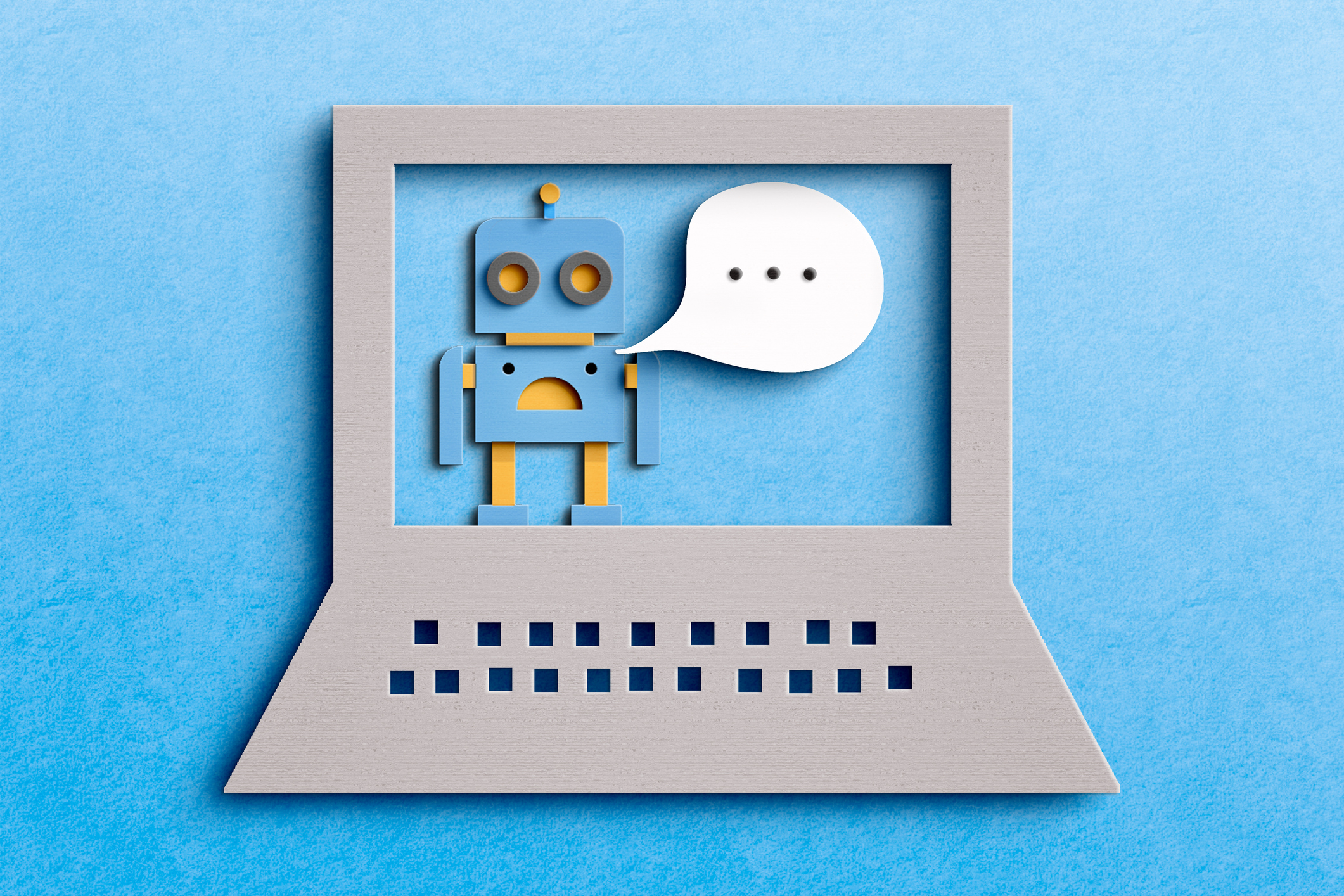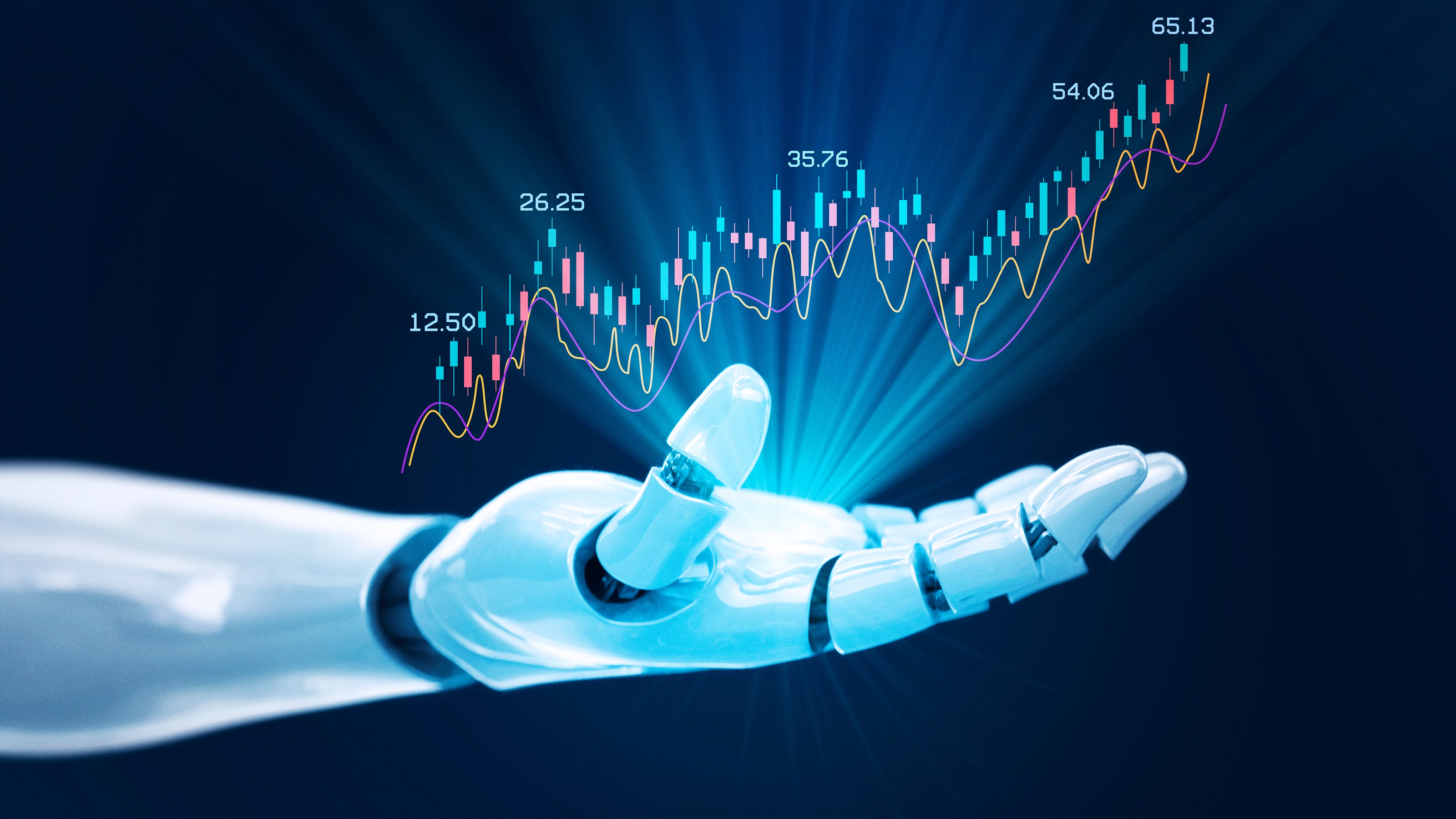AI to Power the Next Generation of Robots
There's increasing buzz that the tech behind ChatGPT will make future industrial and humanoid robots far more capable.


To help you understand what is going on in the tech sector our highly experienced Kiplinger Letter team will keep you abreast of the latest developments and forecasts (Get a free issue of The Kiplinger Letter or subscribe). You'll get all the latest news first by subscribing, but we will publish many (but not all) of the forecasts a few days afterward online. Here’s the latest…
The big buzz in the robot industry? The potential of artificial intelligence to rapidly improve robotics, from industrial models in factories to robots in hospitals, hotels, homes, etc. Here’s a look at some exciting robot trends.
Demand for industrial robots is on the rise. Over 600,000 will be installed this year around the globe, a record. China is the largest market in the world by far, installing nearly 300,000 in 2022. Next is Japan with 50,000, then the U.S. (40,000), South Korea (31,000) and Germany (26,000).

Sign up for Kiplinger’s Free E-Newsletters
Profit and prosper with the best of expert advice on investing, taxes, retirement, personal finance and more - straight to your e-mail.
Profit and prosper with the best of expert advice - straight to your e-mail.
Global competition for robots is revving up. There are national efforts to increase robot adoption in order to boost productivity, amid labor shortages and efforts to bring more manufacturing home. Those tailwinds bode well for robotmakers, such as top sellers Fanuc, Yaskawa, Kuka and ABB. There are lots of smaller firms and start-ups, too.
There are big hopes for emerging AI tech. The idea: Faster training and more skills for robots by using the generative AI behind ChatGPT and similar tools. Efforts include ways to program robots with plain written English rather than complex code, and using AI systems to have robots learn by observing. Expect steady improvement rather than breakthroughs, but the efforts to use AI on robots bear close watching.
AI will also improve computer vision and other areas. Specialized computer chips for robots will help. Nvidia recently unveiled a new chip, along with AI software, for humanoid robots. AMD, Intel and Qualcomm also have systems designed with robots in mind.
More-capable robot coworkers are coming to factories, warehouses and even small shops. Collaborative robots, or cobots, can work alongside humans for a range of tasks — screwdriving, painting, sanding, polishing, packaging, grinding, testing, gluing, soldering, and welding. Cobots from Universal Robots and others are stronger, can have two arms and can even have wheels to move.
There’s a push for humanoid robots by Agility Robotics, Boston Dynamics, Figure AI, Sanctuary AI and others. Testing is underway in real settings, but the tech will take many years to improve. China wants to mass-produce humanoids soon, too. More than job displacement, the near-term challenge will be too few robots for manufacturers and other industries that could quickly benefit from automation. To help, the industry is working hard to make adoption easier and cheaper.
This forecast first appeared in The Kiplinger Letter, which has been running since 1923 and is a collection of concise weekly forecasts on business and economic trends, as well as what to expect from Washington, to help you understand what’s coming up to make the most of your investments and your money. Subscribe to The Kiplinger Letter.
Related Content
- The Best Robotics and AI ETFs
- Retirees: Your Next Companion May Be a Robot
- You’re Fired? How AI Could Change the Labor Landscape
- Surprising Places Robots Will Soon Turn Up
Get Kiplinger Today newsletter — free
Profit and prosper with the best of Kiplinger's advice on investing, taxes, retirement, personal finance and much more. Delivered daily. Enter your email in the box and click Sign Me Up.

John Miley is a Senior Associate Editor at The Kiplinger Letter. He mainly covers technology, telecom and education, but will jump on other important business topics as needed. In his role, he provides timely forecasts about emerging technologies, business trends and government regulations. He also edits stories for the weekly publication and has written and edited e-mail newsletters.
He joined Kiplinger in August 2010 as a reporter for Kiplinger's Personal Finance magazine, where he wrote stories, fact-checked articles and researched investing data. After two years at the magazine, he moved to the Letter, where he has been for the last decade. He holds a BA from Bates College and a master’s degree in magazine journalism from Northwestern University, where he specialized in business reporting. An avid runner and a former decathlete, he has written about fitness and competed in triathlons.
-
 The AI Doctor Coming to Read Your Test Results
The AI Doctor Coming to Read Your Test ResultsThe Kiplinger Letter There’s big opportunity for AI tools that analyze CAT scans, MRIs and other medical images. But there are also big challenges that human clinicians and tech companies will have to overcome.
By John Miley Published
-
 The Best Places for LGBTQ People to Retire Abroad
The Best Places for LGBTQ People to Retire AbroadLGBTQ people can safely retire abroad, but they must know a country’s laws and level of support — going beyond the usual retirement considerations.
By Drew Limsky Published
-
 The AI Doctor Coming to Read Your Test Results
The AI Doctor Coming to Read Your Test ResultsThe Kiplinger Letter There’s big opportunity for AI tools that analyze CAT scans, MRIs and other medical images. But there are also big challenges that human clinicians and tech companies will have to overcome.
By John Miley Published
-
 The New Space Age Takes Off
The New Space Age Takes OffThe Kiplinger Letter From fast broadband to SOS texting, space has never been more embedded in peoples’ lives. The future is even more exciting for rockets, satellites and emerging space tech.
By John Miley Published
-
 Rising AI Demand Stokes Undersea Investments
Rising AI Demand Stokes Undersea InvestmentsThe Kiplinger Letter As demand soars for AI, there’s a need to transport huge amounts of data across oceans. Tech giants have big plans for new submarine cables, including the longest ever.
By John Miley Published
-
 What DOGE is Doing Now
What DOGE is Doing NowThe Kiplinger Letter As Musk's DOGE pursues its ambitious agenda, uncertainty and legal challenges are mounting — causing frustration for Trump.
By Matthew Housiaux Published
-
 A Move Away From Free Trade
A Move Away From Free TradeThe Letter President Trump says long-term gain will be worth short-term pain, but the pain could be significant this year.
By David Payne Published
-
 How Emerging Technologies May Influence the Future of Capital Markets
How Emerging Technologies May Influence the Future of Capital MarketsUpdating legacy systems with next-generation AI can enable fully automated trading, risk assessment and liquidity optimization.
By Jabin Geevarghese George Published
-
 The Explosion of New AI Tools
The Explosion of New AI ToolsThe Kiplinger Letter Workers and consumers soon won’t be able to escape generative AI. Does that mean societal disruption and productivity gains are right around the corner?
By John Miley Published
-
 Trump’s Whirlwind Month of Crypto Moves
Trump’s Whirlwind Month of Crypto MovesThe Kiplinger Letter The Trump administration wants to strengthen U.S. leadership in the cryptocurrency industry by providing regulatory clarity.
By Rodrigo Sermeño Published